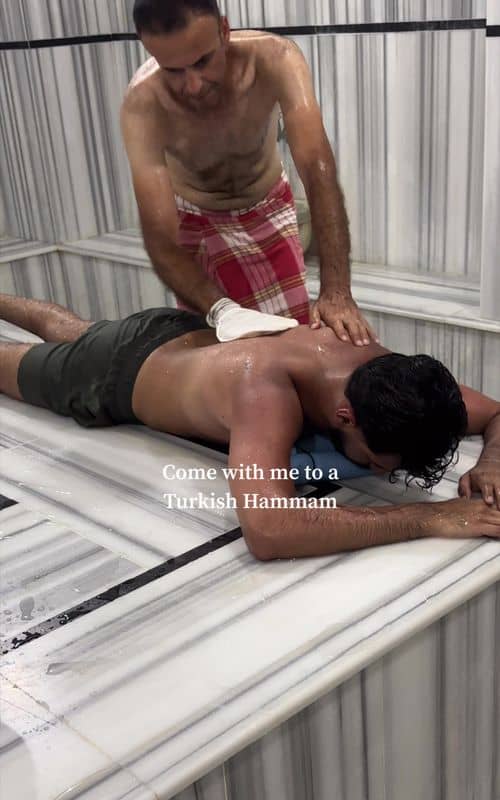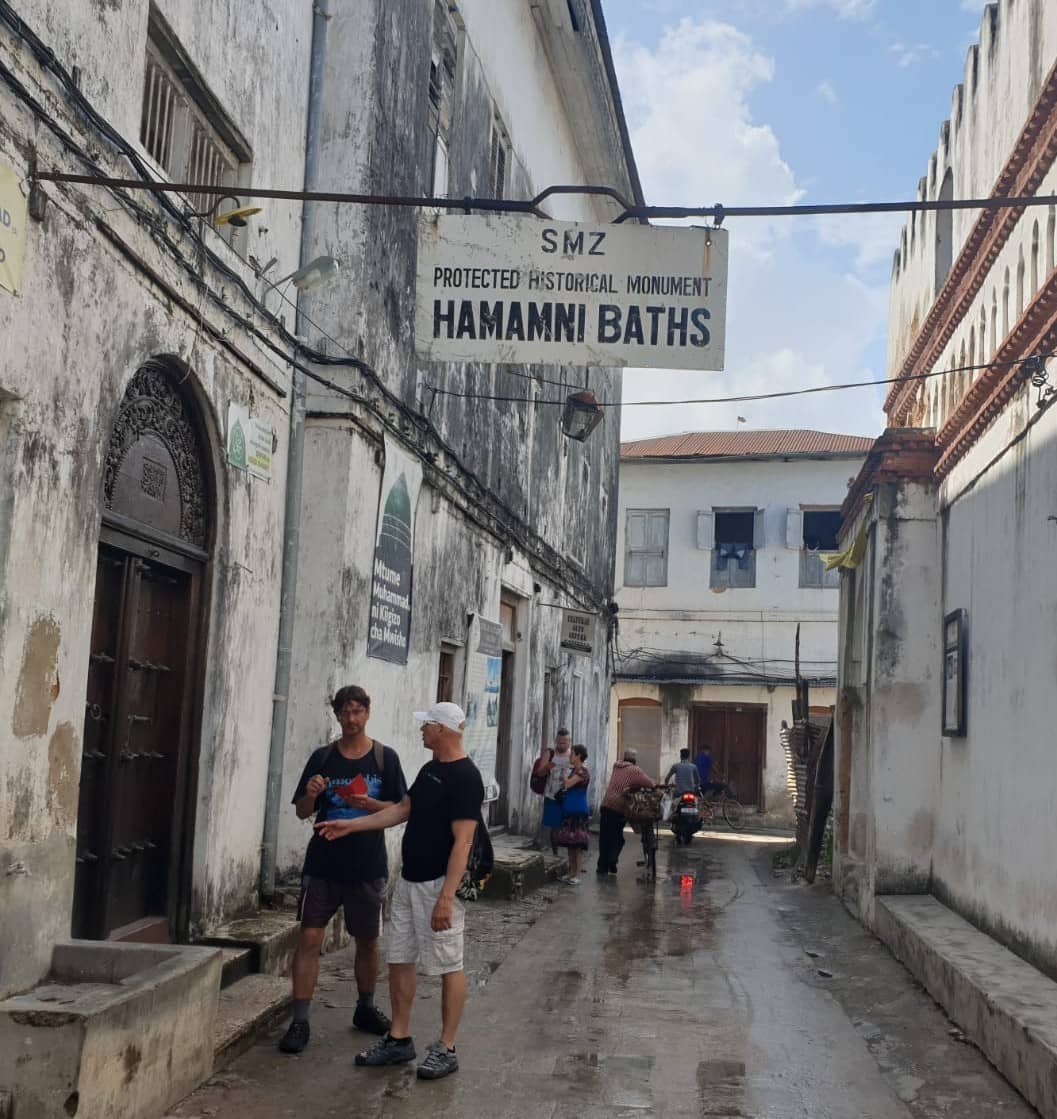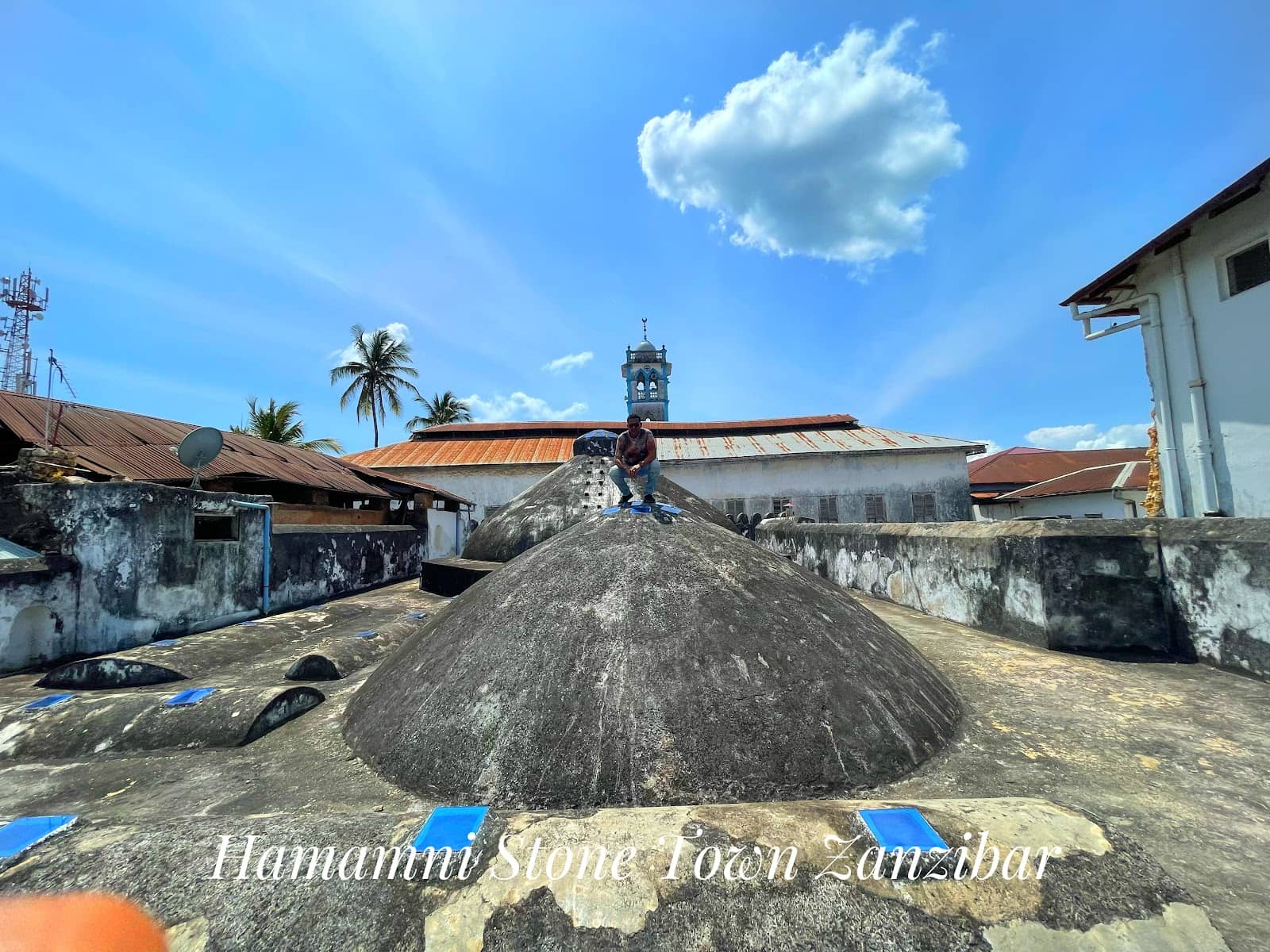
Kidichi Persian Baths
Step back in time at the Kidichi Persian Baths, a lavish 19th-century complex built for a sultan, showcasing unique Persian-inspired architecture.

Highlights
Must-see attractions

Social
From TikTok & Reddit
Best Time
Unlock deeper history

Kidichi Persian Baths
Best Time
Unlock deeper history

Highlights
Must-see attractions
Step back in time at the Kidichi Persian Baths, a lavish 19th-century complex built for a sultan, showcasing unique Persian-inspired architecture.
"A private tour with the groundskeeper is key to unlocking the history and secrets of these lavish baths."

📚 Read Up Before You Go
Enhance your visit by learning about Sultan Barghash bin Said's era beforehand. Context is key!
🚶 Ask Locals for Directions
These baths can be tricky to find. Don't hesitate to ask locals for guidance; persistence pays off!

Highlights
Discover the most iconic attractions and experiences

Sultan's Private Quarters
Inner chambers
Explore the lavish marble flooring and specialized areas for massages and hot/cold spas, imagining the sultan's daily rituals.

Rooftop Views and Systems
Rooftop access
Ascend to the roof to discover the ingenious skylight and water supply system that once served these historic public baths.

Architectural Heritage
Entire complex
Appreciate the Persian influence commissioned by Sultan Barghash bin Said, showcasing unique architectural elements from the late 19th century .
Plans like a pro.
Thinks like you
Planning Your Visit
Timing is Key for a Richer Visit
Navigating to This Hidden Gem
Best Times
Insider Tips
from TikTok, Instagram & Reddit
📚 Read Up Before You Go
Enhance your visit by learning about Sultan Barghash bin Said's era beforehand. Context is key!
🚶 Ask Locals for Directions
These baths can be tricky to find. Don't hesitate to ask locals for guidance; persistence pays off!
💰 Tip the Groundskeeper
Consider tipping the groundskeeper for a more in-depth tour and historical insights. 1,000-2,000 shillings is appreciated.
🧐 Seek Rooftop Access
Ask to see the secondary water heating site and the view over the roof for a unique perspective.
Tips
from all over the internet
📚 Read Up Before You Go
Enhance your visit by learning about Sultan Barghash bin Said's era beforehand. Context is key!
🚶 Ask Locals for Directions
These baths can be tricky to find. Don't hesitate to ask locals for guidance; persistence pays off!
💰 Tip the Groundskeeper
Consider tipping the groundskeeper for a more in-depth tour and historical insights. 1,000-2,000 shillings is appreciated.
🧐 Seek Rooftop Access
Ask to see the secondary water heating site and the view over the roof for a unique perspective.
What Travellers Say
Reviews Summary
Visitors find the Kidichi Persian Baths an interesting historical site, appreciating the lavish marble and unique architecture from the sultan's era. However, some feel the visit is brief and underwhelming without sufficient historical context or a guide. Engaging a groundskeeper for a tour is highly recommended to unlock the site's full potential and historical significance.
"Interesting bath house, absolutely lavish and luxurious for the time it was built for Sultan’s use around 1870. Beautiful marble flooring, shaving areas, area where Sultan was getting massages, hot and cold spas. Make sure to have a private tour with the groundskeeper who knows everything about the baths, including going on the roof to see the system of skylights and water supply"
Paulina Lipets
"A public bath built in 1870-1888 During the Third sultan of Zanzibar
A best place to visit to learn a history of Zanzibar during the sultans ruling sysytem"
Idrissa Othman
"Not worth the visit if you’re short on time. There’s not much information about the history of the baths in the site. I would recommend reading up on the history before you go. You can tour the baths by yourself and then one of the workers will walk you to the rooftop entrance. It was interesting, but a little underwhelming. Takes less than 10 mins to see inside the baths and to go to the roof. The workers will probably ask for a tip after you’re finished, make sure to have 1,000 or 2,000 shillings to give as a tip."
Janaye Graham
What People Like
What People Dislike
Frequently Asked Questions
🚇 🗺️ Getting There
The Kidichi Persian Baths can be a bit hidden within Stone Town. It's best to ask locals for directions, as they are very helpful. Persistence is key to finding this historical site.
Since the baths are located within Stone Town, walking is the most convenient way to reach them if you are already in the area. Taxis can also drop you off nearby.
The baths are an official historical site, but navigating the narrow streets of Stone Town to reach them might require some effort. Once inside, the main areas are generally accessible.
🎫 🎫 Tickets & Entry
Admission to the Kidichi Persian Baths was around $2 per person as of July 2022. It's an official historical site, so the fee contributes to its preservation.
Specific opening hours can vary, but it's generally advisable to visit during daylight hours. It's recommended to check locally or arrive earlier in the day to ensure you have ample time.
No, advance booking is typically not required for the Kidichi Persian Baths. You can usually purchase tickets upon arrival at the entrance.
A guided tour is not mandatory, but it is highly recommended. A groundskeeper can provide valuable historical context and show you hidden areas, significantly enhancing your visit.
🎫 🧭 Onsite Experience
You can explore the former public baths, including areas for massages, hot and cold spas, and admire the beautiful marble flooring. Don't miss the chance to go to the roof to see the water supply system.
A self-guided tour can take less than 10 minutes. However, with a groundskeeper's tour, you can spend longer exploring and learning about the history and architecture.
While there isn't extensive signage, a groundskeeper can provide detailed historical information. Reading up on the history before your visit is also highly recommended.
Yes, photography is generally allowed inside the Kidichi Persian Baths. It's a great spot to capture some unique historical architecture.
The baths are called 'Persian' because their construction was commissioned to Shirazi architects, reflecting Persian architectural influences.
🍽️ 🍽️ Food & Dining
There are no dining facilities directly within the Kidichi Persian Baths complex. You'll find numerous food and dining options in the surrounding Stone Town area.
Stone Town offers a variety of culinary experiences, from local Swahili dishes to international cuisine. Seafood is a popular choice, often fresh from the ocean.
📸 📸 Photography
Capture the intricate marble work, the unique architectural details, and the views from the rooftop. The historical ambiance provides a great backdrop for photos.
Yes, the historical architecture and unique design make it an interesting subject for photography. The play of light through the skylights can also create dramatic shots.
For Different Travelers
Tailored advice for your travel style
👨👩👧 Families with Kids
Keep in mind that the site is historical and may have uneven surfaces. It's also a relatively quick visit, so consider combining it with other nearby attractions in Stone Town to make a fuller day of exploration for the family. Pack water and snacks, as there are no facilities on-site.
🏛️ History Buffs & Architecture Enthusiasts
To maximize your experience, research the history of the Zanzibari Sultanate and the role of public baths during that era. Engaging a local guide or groundskeeper is invaluable, as they can provide detailed insights into the construction, function, and social significance of the baths that aren't readily apparent. The rooftop view also offers a practical understanding of the historical engineering.
Deep Dives
In-depth insights and expert knowledge
The History and Architecture of the Baths
These baths were more than just a place for hygiene; they were a symbol of the sultan's wealth and commitment to public amenities. The complex features lavish marble flooring, specialized areas for massages, and distinct sections for hot and cold water, reflecting the sophisticated bathing culture of the era. A guided tour, often led by a knowledgeable groundskeeper, can reveal details about the water heating systems and the overall functionality of the baths, offering a deeper appreciation for the engineering and artistry involved.
Visitors can also ascend to the rooftop, which provides a fascinating glimpse into the original water supply and ventilation systems, including a network of skylights. This perspective offers a unique understanding of how the baths operated efficiently in their time. While the site might seem small to some, its historical and architectural value is immense, especially when understood with the right context.
Maximizing Your Visit: Tips from Travelers
Engaging with the groundskeeper for a private tour is highly advised. They often possess a wealth of knowledge about the baths' intricacies, including access to the rooftop and secondary water heating sites, which are not always apparent to self-guided visitors. While the admission fee is modest, be prepared to offer a small tip to the groundskeeper for their time and expertise, typically around 1,000 to 2,000 Zanzibari shillings.
While the visit itself might be brief, especially without a guide, the historical significance and unique architecture make it a worthwhile stop for those interested in Zanzibar's rich past. The opportunity to see such a well-preserved example of 19th-century public bathing facilities, with its Persian architectural influences, offers a distinct glimpse into the sultanate era.






Social
from TikTok, Instagram & Reddit